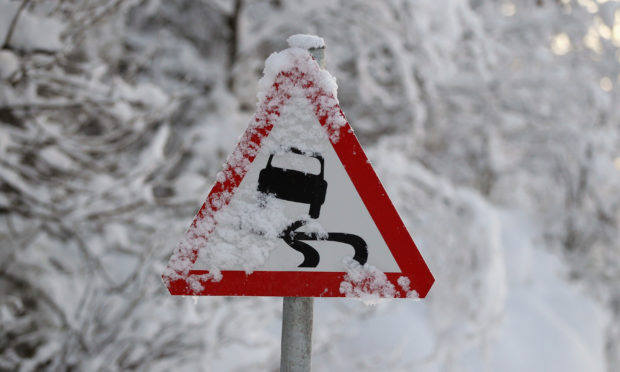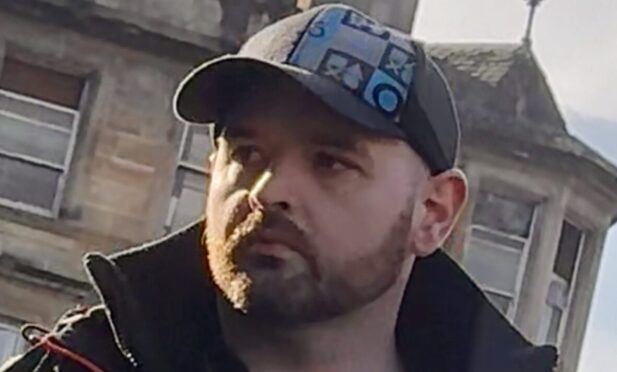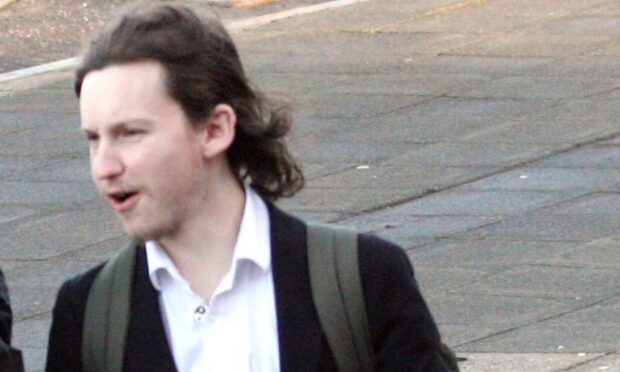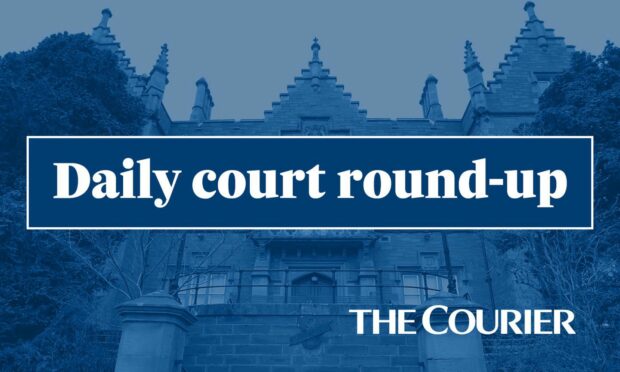Freezing air from Siberia and Scandinavia will cause temperatures across Tayside and Fife to plummet even further next week.
The Met Office say the conditions will be so cold in the coming days that this winter’s record low of -10.8C – experienced in Braemar on the morning of Friday, January 18 – could be surpassed.
Freezing wind is forecast to move into the country from the north-east as of next Wednesday, with Angus, Dundee, Fife, and Perth and Kinross likely to bear the brunt of the bitter weather.
Met Office meteorologist Luke Miall said “subzero temperatures” will affect the local area this weekend, with frost, hill snow, sleet and rain all forecast for Scotland on Sunday.
However the worst of the weather is expected to hit mid-week.
Mr Miall added: “Monday will be cold and frosty, with a heavy spell of rain, sleet and hill snow. Tuesday will be a day of scattered showers, but eastern Scotland won’t be quite as affected by this.
“Things are looking colder towards the end of next week especially. Things look set to turn colder from mid-week onward. We will start to see a north-east wind coming up, cold air coming from Siberia and Scandinavia.
“We could see some quite low temperatures by day and by night with that wind coming in from the north-east.
“Although it’s been cold over the past few days, it will turn even colder from mid-week next week.
“Later in the week that north-east wind will strengthen and could give a fairly significant wind chill. A dry wind can give us some really low temperatures and quite dry air.
“There is the chance of some snow showers on the east coast. It is difficult to say any exact details at this stage, but it is a risk.
“Wednesday looks to be around 4C-5C by day and -1C/-2C overnight but the real cold air looks to be on Thursday-Friday, which will be a good few degrees lower than that.”
The big freeze taking grip across Scotland is linked to the return of what is known as sudden stratospheric warming (SSW), a weather event which took place at the start of 2019.
SSW– described as a “swift jump in temperatures” in the stratosphere – is more often than not followed by a cold spell and is what caused extreme weather during the Beast from the East from late February into early March 2018.
Mr Miall said: “That is the main driving factor behind this. The signs are that as we go through the rest of January and early February the colder weather will persist. The signs are there for it to last.”









